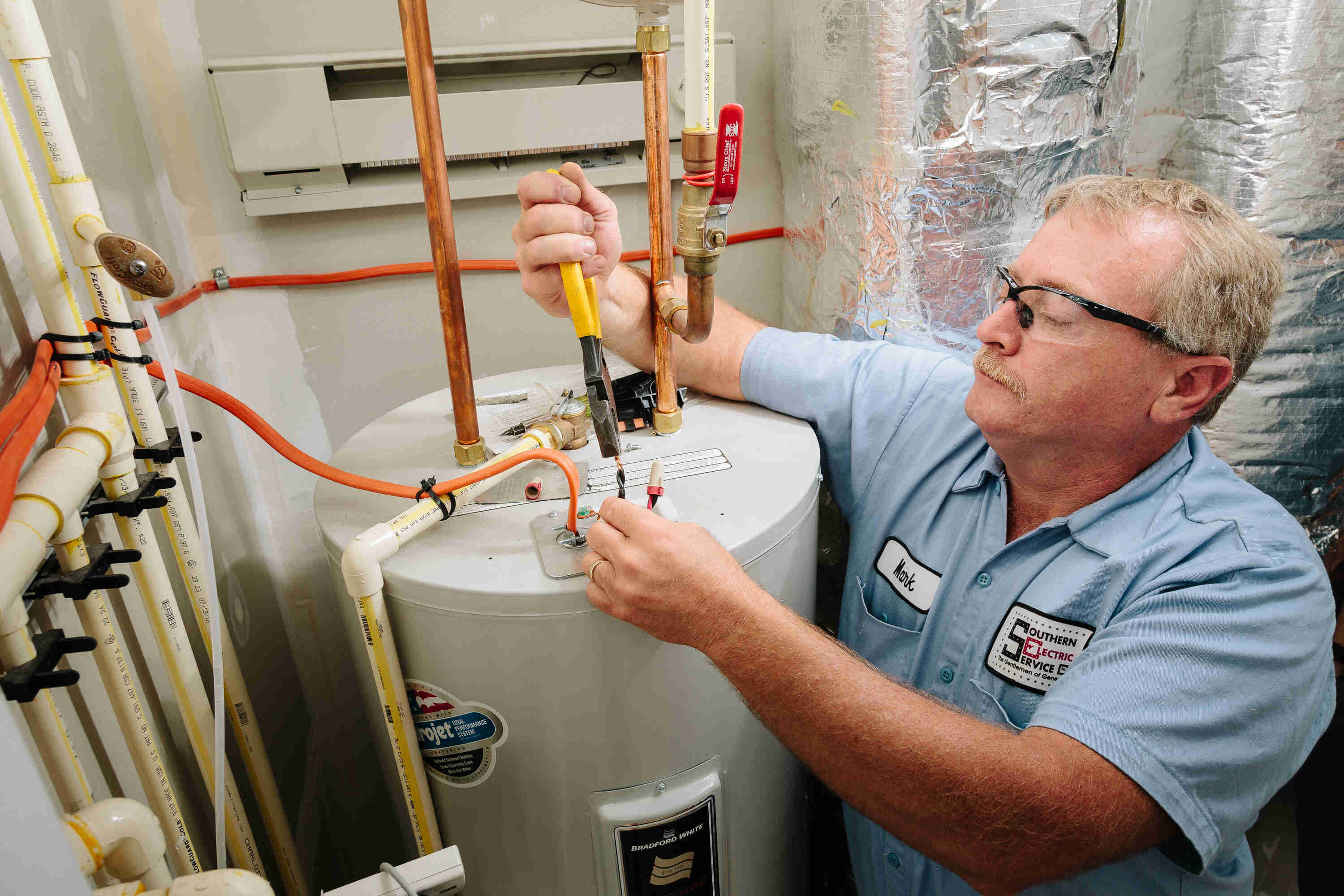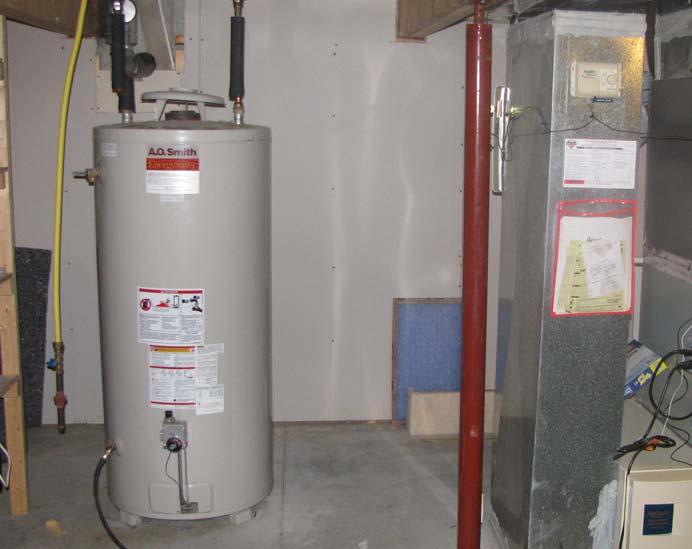Best Practices for Caring for Your Home's Hot Water SystemCaring for Your Home's Hot Water System: Key Guidelines
Best Practices for Caring for Your Home's Hot Water SystemCaring for Your Home's Hot Water System: Key Guidelines
Blog Article
The writer is making a few good points on How to Maintain a Hot Water Heater in a Few Simple Steps overall in this content followed below.

Hot water is crucial for daily convenience, whether it's for a refreshing shower or washing recipes. To ensure your warm water system runs efficiently and lasts much longer, regular upkeep is vital. This post provides practical ideas and understandings on exactly how to keep your home's hot water system to prevent interruptions and pricey repair work.
Intro
Maintaining your home's hot water system may appear difficult, however with a couple of easy steps, you can guarantee it runs smoothly for many years to find. This overview covers everything from comprehending your hot water system to do it yourself maintenance ideas and understanding when to call specialist help.
Significance of Preserving Your Hot Water System
Routine upkeep not only prolongs the life expectancy of your hot water system but also ensures it runs successfully. Overlooking upkeep can bring about reduced performance, greater power costs, and even early failure of the system.
Signs Your Hot Water System Requirements Upkeep
Understanding when your hot water system requires interest can avoid major issues. Watch out for indications such as inconsistent water temperature, unusual noises from the heater, or corroded water.
Purging the Hot Water Heater
Purging your hot water heater gets rid of debris build-up, enhancing efficiency and prolonging its life.
Checking and Changing Anode Rods
Anode rods avoid corrosion inside the tank. Evaluating and changing them when worn is vital.
Facility Issues Requiring Specialist Aid
Examples include significant leaks, electric problems, or if your hot water heater is constantly underperforming.
Routine Specialist Maintenance Conveniences
Professional upkeep can include thorough evaluations, tune-ups, and making certain compliance with safety and security requirements.
Examining and Adjusting Temperature Level Setups
Adjusting the temperature level settings makes certain ideal performance and security.
DIY Tips for Maintenance
You can carry out a number of upkeep jobs yourself to maintain your hot water system in top problem.
Looking for Leakages
On a regular basis inspect pipelines and links for leakages, as these can cause water damage and greater expenses.
Understanding Your Hot Water System
Before diving into maintenance tasks, it's valuable to comprehend the basic components of your hot water system. Normally, this consists of the hot water heater itself, pipelines, anode rods, and temperature controls.
Month-to-month Maintenance Tasks
Regular regular monthly checks can aid capture minor problems before they intensify.
Examining Stress Relief Valves
Evaluating the stress safety valve guarantees it operates appropriately and prevents excessive pressure accumulation.
Shielding Pipes
Insulating warm water pipes decreases warm loss and can save energy.
When to Call a Specialist
While DIY maintenance is valuable, some issues need specialist competence.
Final thought
Routine upkeep of your home's warm water system is important for effectiveness, long life, and expense savings. By following these ideas and recognizing when to look for professional assistance, you can make certain a reliable supply of warm water without unexpected interruptions.
How to Maintain an Instant Hot Water Heater
Before tinkering with your hot water heater, make sure that it’s not powered on. You also have to turn off the main circuit breaker and shut off the main gas line to prevent accidents. Also turn off the water valves connected to your unit to prevent water from flowing into and out of the appliance. 2. When you’re done, you have to detach the purge valves’ caps. These look like the letter “T” and are situated on either side of the water valves. Doing so will release any pressure that has accumulated inside the valves while at the same time avoid hot water from shooting out and burning your skin. 3. When the purge valves’ caps are removed, you have to connect your hosing lines to the valves. Your unit should have come with three hoses but if it didn’t, you can purchase these things from any hardware or home repair shops. You can also get them from retail stores that sell water heating systems. Read the user’s manual and follow it to complete this task properly. When the hosing lines are connected, open the purge port’s valves. 4. You should never use harsh chemical cleaners or solutions when cleaning your unit. Make use of white vinegar instead. It should be undiluted and you’ll probably use about 2 gallons. 5. Now flush your water heater. This task should probably take about 40 minutes. We can’t give you specific directions for this because the procedure is carried out depending on the type, model and brand of your heater. With that being said, refer to the user’s manual. 6. When you’re done draining the unit, you have to turn off the purge port valves again. Remove the hosing lines that you earlier installed on each of the water valves. Put the valve caps (purge port) back in their respective places and be very careful so as not to damage the rubber discs that are found inside these caps. 7. Now that everything’s back in place, check your user’s manual again to find out how to reactivate your water heating system. 8. Once it is working, turn one of your hot water faucets on just to let air pass through the heater’s water supply pipes. Leave the tap on until water flows smoothly out of it. https://www.orrplumbing.com/blog/2014/september/how-to-maintain-an-instant-hot-water-heater/

I was made aware of that article about What Kind of Maintenance Do Water Heaters Need? from a good friend on a different website. Appreciated our review? Please share it. Let another person discover it. I cherish your readership.
Additional Information Report this page